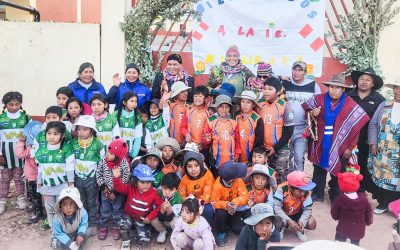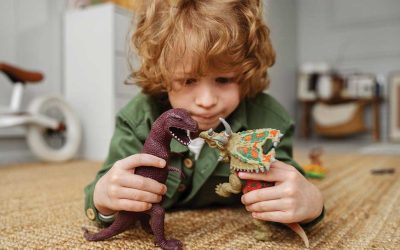Drawing and creating is a natural part of childhood, and research is increasingly finding that these activities are also beneficial to health and wellbeing. Because of this, art therapy is now rightly recognised as an essential component of childhood development, behaviour management and overall health and wellbeing.
“Children’s involvement in arts activities are considered ‘multimodal interventions’, in that they combine different components that are known to be beneficial to health and wellbeing,” explains Behaviour Specialist Kasia Palko.
“Arts activities can involve aesthetic engagement, utilisation of imagination, sensory activation, evocation of emotion and cognitive stimulation. Art activities may also involve social interaction, physical activity, and engagement and interaction within a therapeutic setting.”
Arts activities can engage and trigger psychological, physiological, social and behavioural responses that are linked with positive health outcomes.
“When children are painting, sculpting or doing crafts, there is an aesthetic and emotional component to their work that provides opportunities for emotional expression and emotional regulation, as well as stress reduction. These are intrinsic to how we manage our mental health.”
Art can also make children view obstacles differently as there is no ‘wrong answer’ to creativity.
“Such an attitude can play a large role in providing a sense of optimism for a child, not to mention a feeling of accomplishment upon the completion of an artistic task, both of which are essential to building confidence within children,” Kasia says.
Art experiences can also improve a child’s relationships with peers.
“The social aspects of artistic interaction with other children can improve a child’s self-esteem and self-belief, whilst reducing feelings of loneliness and experiences of discrimination, which are linked with future mental illness and other conditions such as depression, chronic pain and headaches,” Kasia continues.
In terms of the physical, the arts can reduce a child’s sedentary behaviours, which are associated with obesity, depression and chronic pain in adult life, and can also encourage health-promoting behaviours such as eating healthy food and experimenting with play.
Art therapy also has the potential to address some of the core symptoms of autism spectrum disorder (ASD).
“Art therapy promotes sensory regulation, facilitates communication and supports psychomotor development, all while enhancing psycho-emotional wellbeing.”
Research has also found art therapy is an effective intervention to reduce anger and increase self-esteem in aggressive children.
“A recent study used art therapy once a week on a a group of aggressive children aged 7-11 years old,” Kasia explains. “After 10 weeks of art therapy, the group showed a significant reduction of anger and improvement of self-esteem.”
Benefits of Art Therapy
- Non-verbal Communication: For children who cannot verbalise emotions, thoughts or sensations, or who are afraid to speak about a specific event, art can be a powerful form of non-verbal communication.
- Development: Artistic development can help psychologists to better understand the developmental stages of a child that might not become apparent in talk therapy alone.
- Self regulation: Specific art activities can be very effective in calming the body and mind, improving mood.
- Expression: Art is an opportunity to express a metaphor or enhance storytelling. With the support of a therapist, this can be an effective way for a child to externalise their internal feelings and safely release any trauma.
- Child–Therapist connection: Art is a relational therapy that involves an active and positive dynamic between therapist and child. Shared art experiences deepen the connection with the child, ensuring they feel understood and accepted and opening up further channels of communication.
You may also like…
What is Behavioural Therapy?
Anxiety in kids – know the signs




